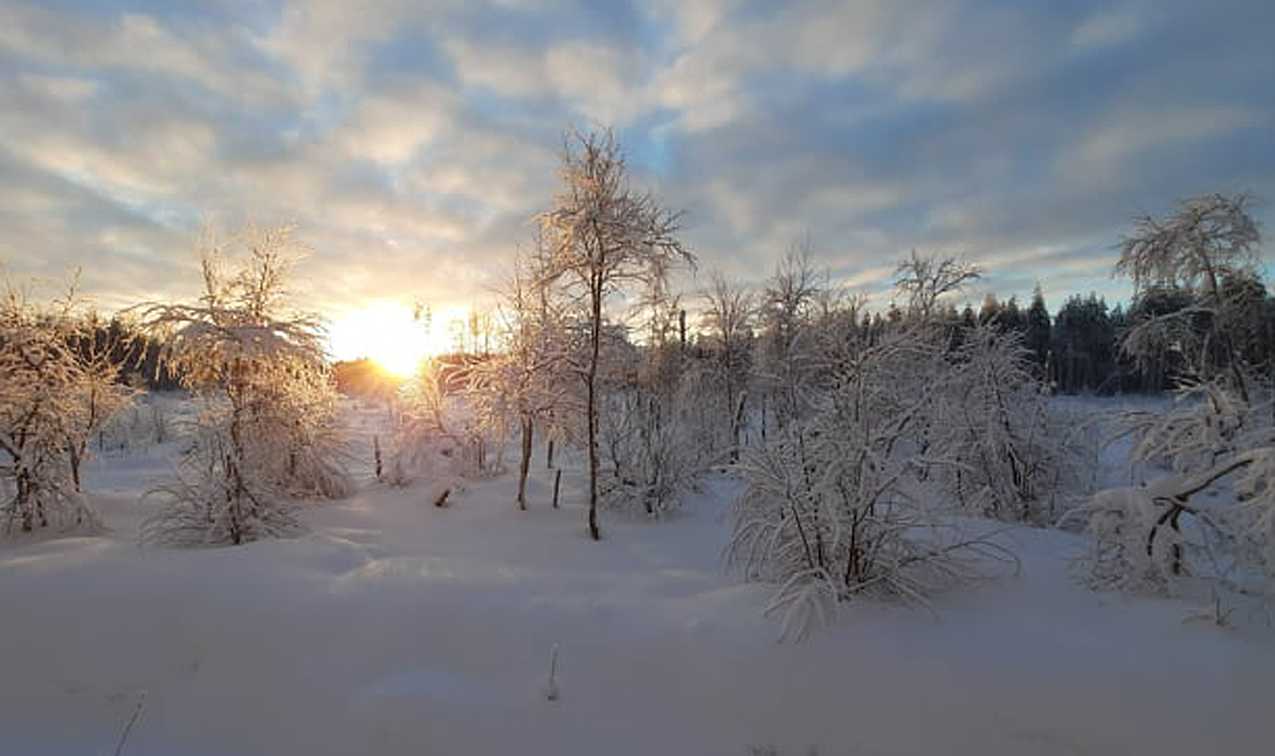
On skis to Huidankeidas
The mystical nature of mire is easy to explore in winter, for example on skis. They provide access to places that are inaccessible during melted ground – partly because they cannot be reached and because many wetlands are nesting areas for birds where you are not allowed to go. So is Huidankeidas.
Huidankeidas is located in Honkajoki, and there is a guided route from Siikaistentie via Haukantie. The road leading to the parking area of Huidankeidas is kept open in winter.
Beautiful winter landscape
The landscape is really beautiful even in winter. The sun is shining low and paints warm shades on top of the trees.
On the edge of Huidankeidas, there is a magnificent birch grove. In 1959, there was a conflagration in the area of the municipalities of Honkajoki and Isojoki, and the birch grove was born after that. In summer, it is a paradise for small birds.
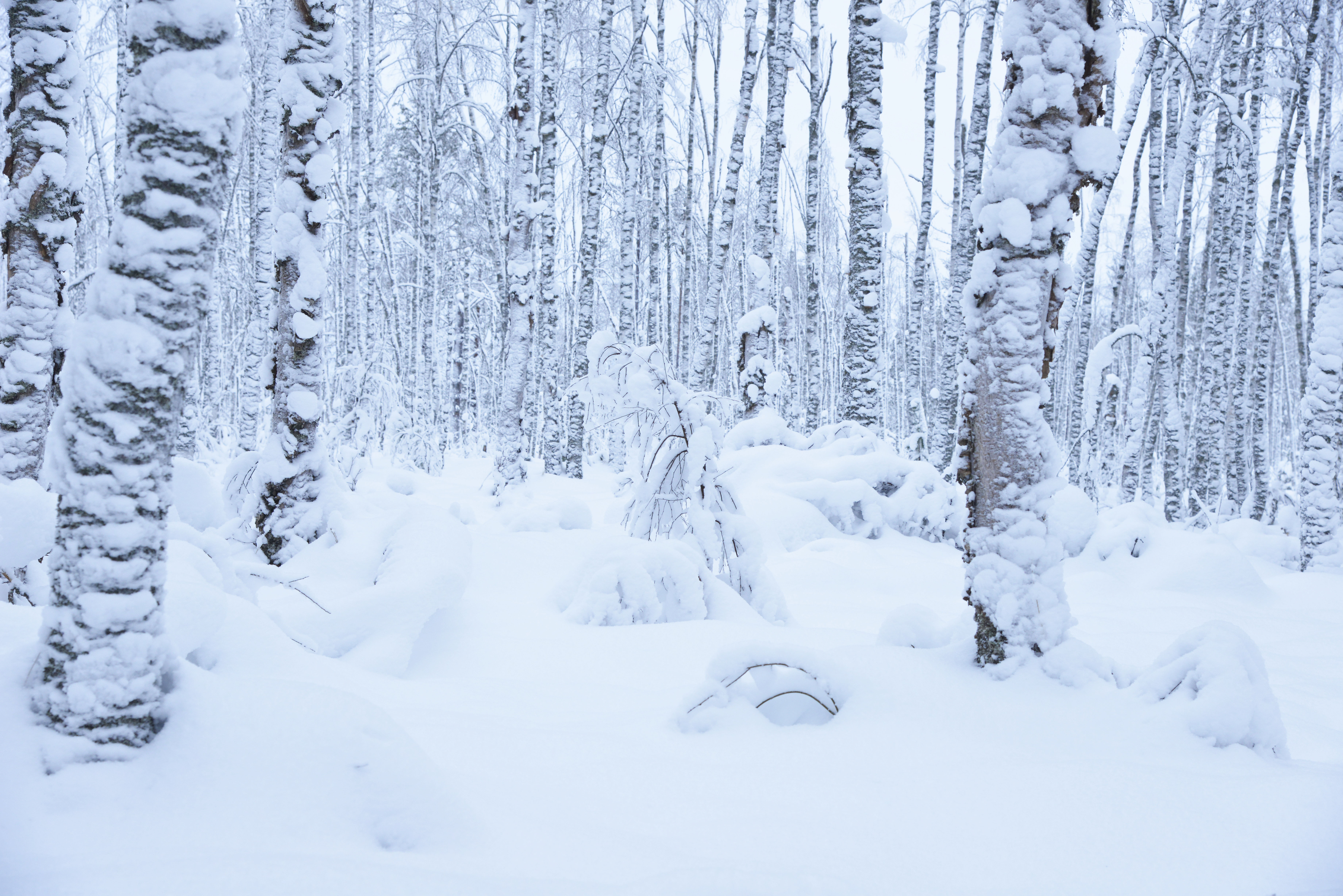
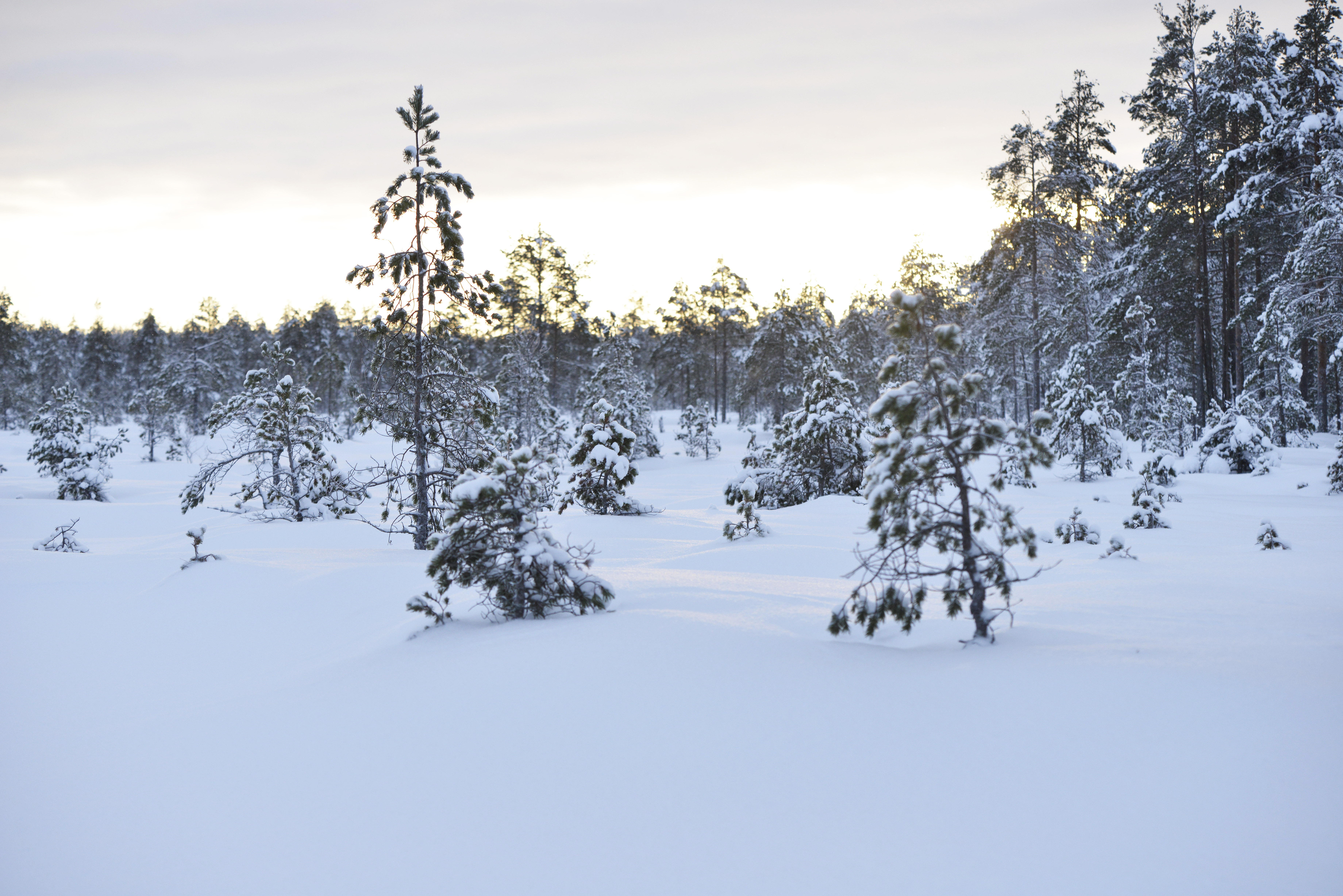
Peaceful mire
The mire opens bold and calm, clean crust shining in the sun. There is no sound. Skiing trip continues southeast of the tower near the edge of the mire, sometimes over the pools on solid ice and over the hummocks, sometimes diving between stunted pines. Gradually, traces of life begin to appear.
Traces on the snow
An ermine has wandered on the surface of the snow purposefully. Small pairs of traces run across the hummocks as a regular ribbon. The ermine keeps the little rodents in check, but it can also catch rabbits by biting its prey into its neck. The ermine has also been seen caught in the throat of a capercaillie.
Soon a suburb of the black grouse appears. There are numerous hollows and corridors here and there, and there are also droppings in the pits, revealing to whom the beds belong. Sufficient amount of soft snow means a favorable winter for the black grouse. It gets to rest out of reach of birds of prey and the cold.
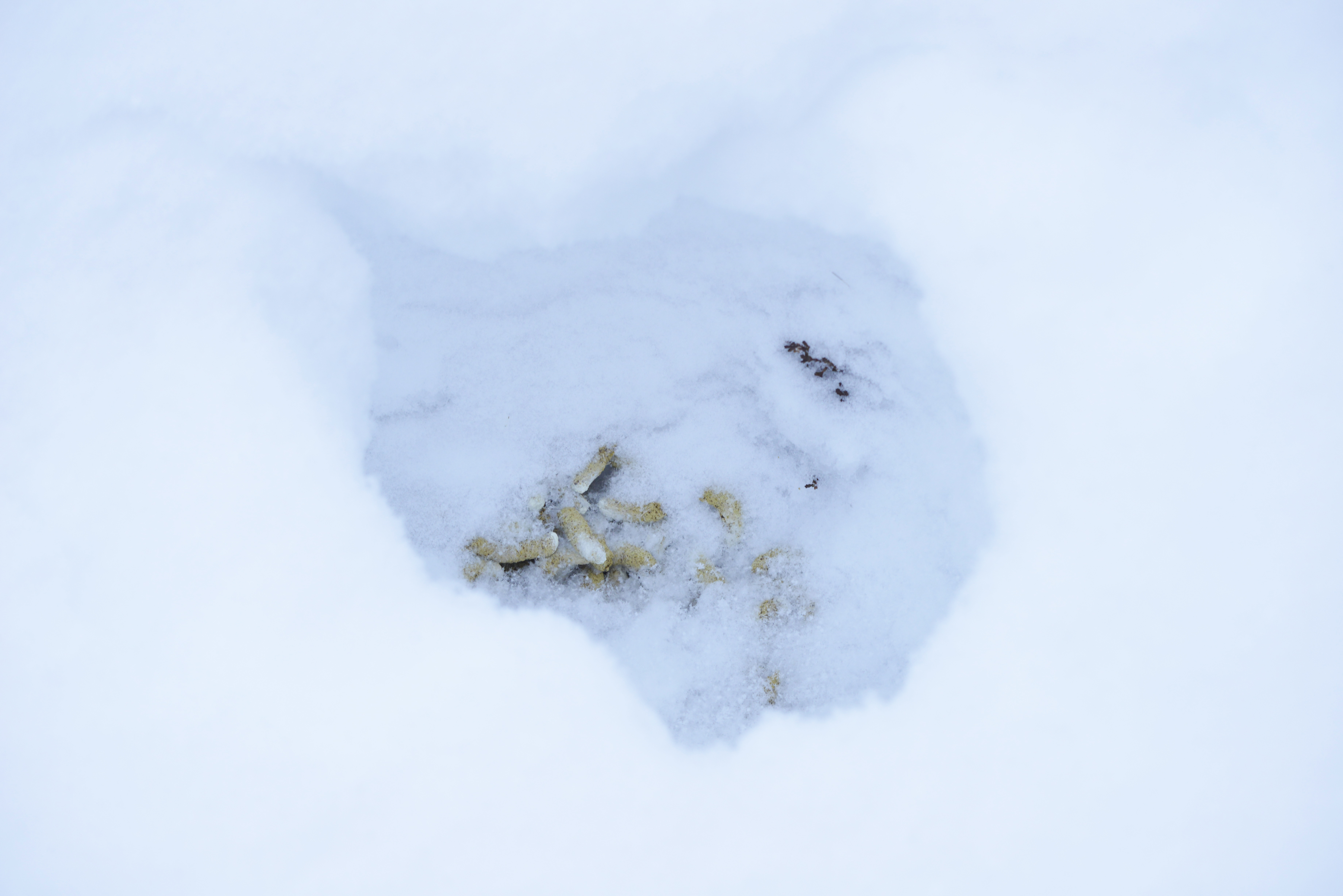
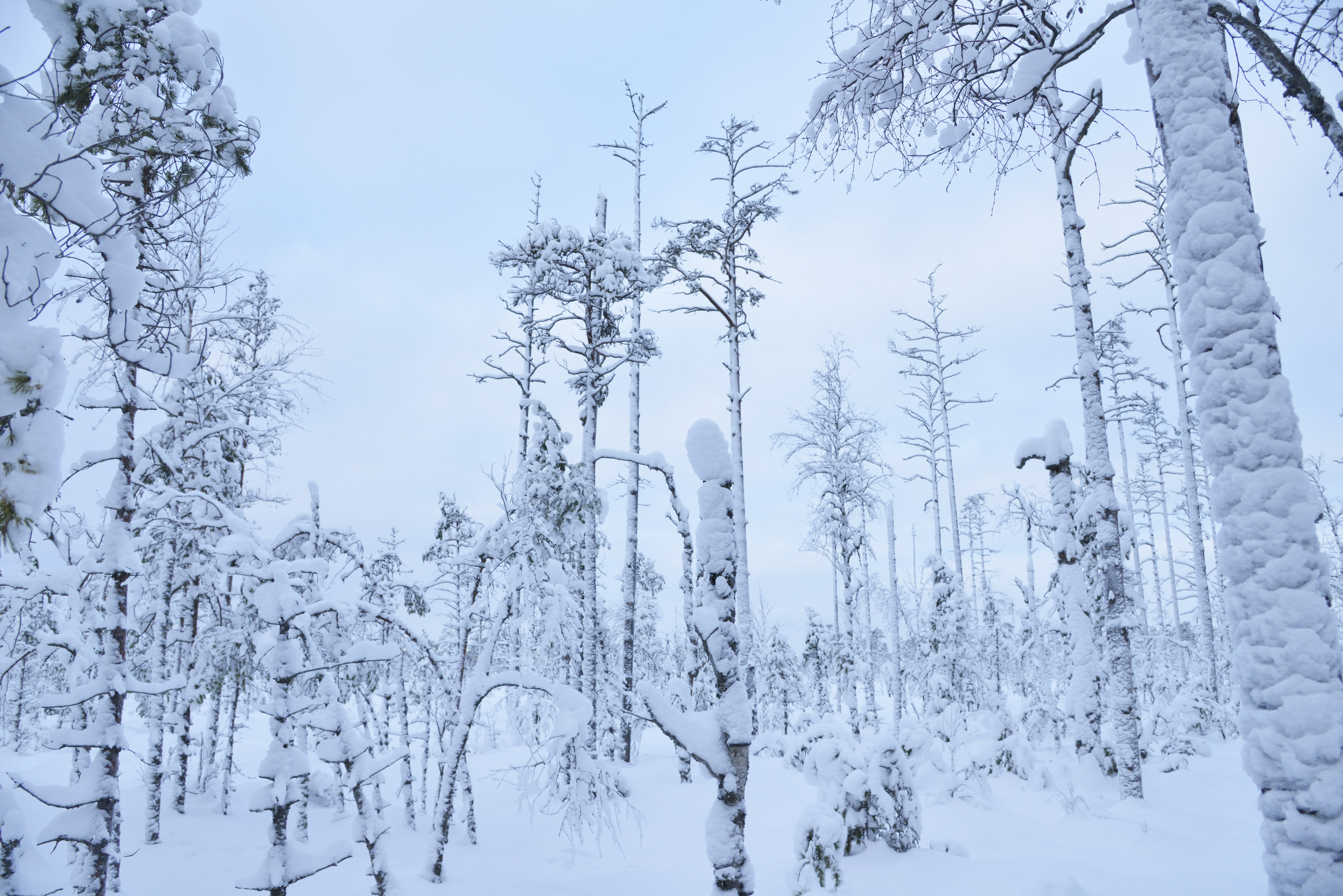
Along the edge of the bog to Huidansalo
At the edge of the mire, traces of a hare crisscross. They don’t seem to lead anywhere, they just end. The hare is a cunning guy, as it makes a comeback by walking its own footprints a little further back and then jumping to the side. Thus, it misleads potential predators.
The rabbit has dug up the snow to the ground to find something to eat. Fortunately, the snow is soft, so it has gotten in easily.
Huidansalo seems interesting on the map. It is a “foreland” at the edge of a mire, gentle undulating terrain with ridges of dunes and ancient embankments. There are several nice deadwoods on the edge of the mire, and on the dry land side begins a magnificent, spacious pine forest. Immediately at the edge of the pine forest, the capercaillie had scampered back and forth.
Quiet pine forest
In the pine forest you can hear only a woodpecker tapping, all the little birds are conspicuously absent. The weather is quite cold, it is over ten degrees below zero and it starts to get a little windy, so the smaller birds are definitely in more sheltered woods.
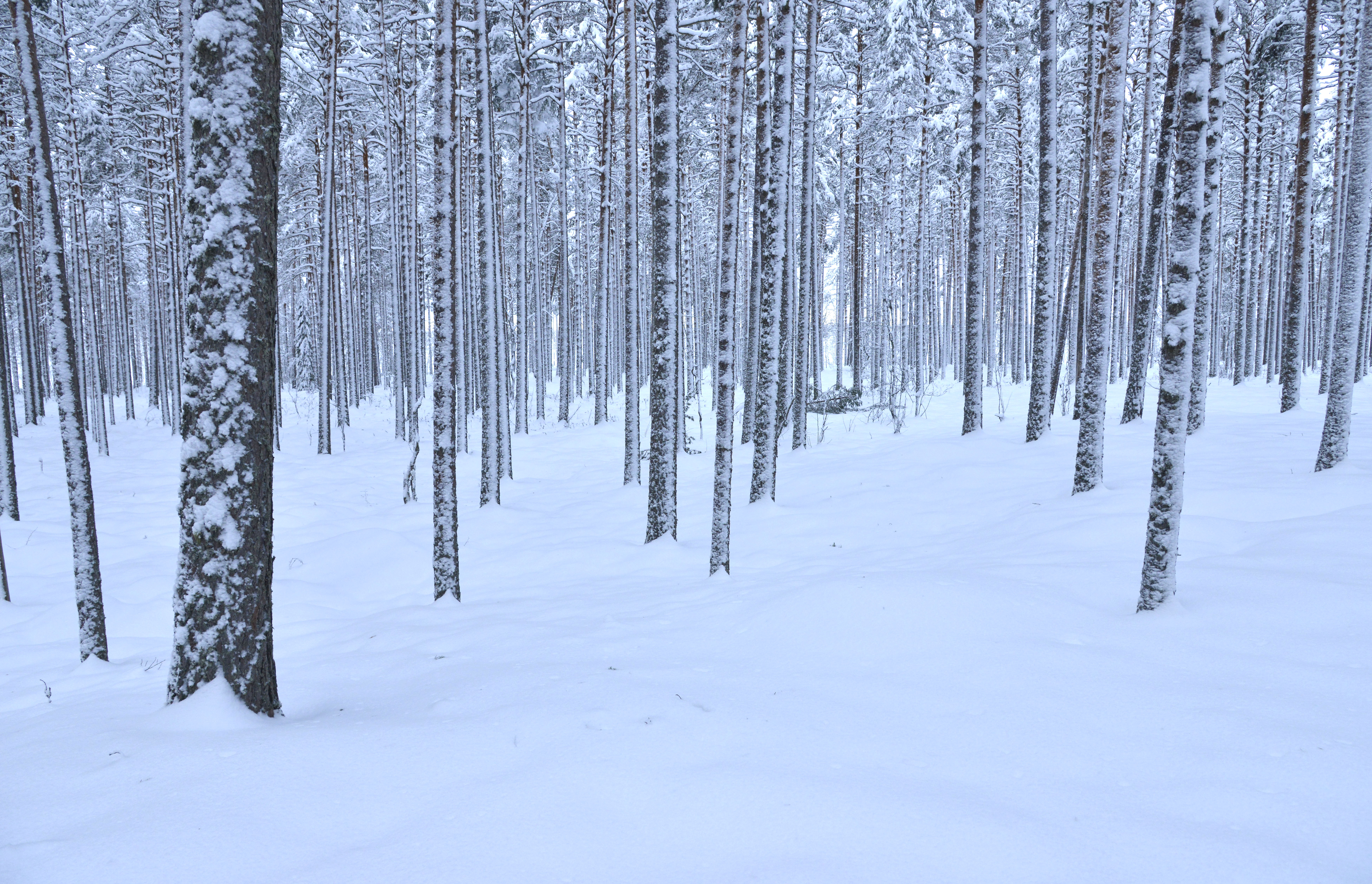
Stories on the surface of the snow
Although the mire looks quiet in winter, there are plenty of traces and signs of biodiversity in the harsh conditions.
The stories are written on the surface of the snow, and passing slowly you may see the ones who have made the traces. The sparse soundscape also speaks its own language.
Welcome to the mystical mires of the Geopark on bright winter days – and moonlit nights!
Text: Terttu Hermansson



